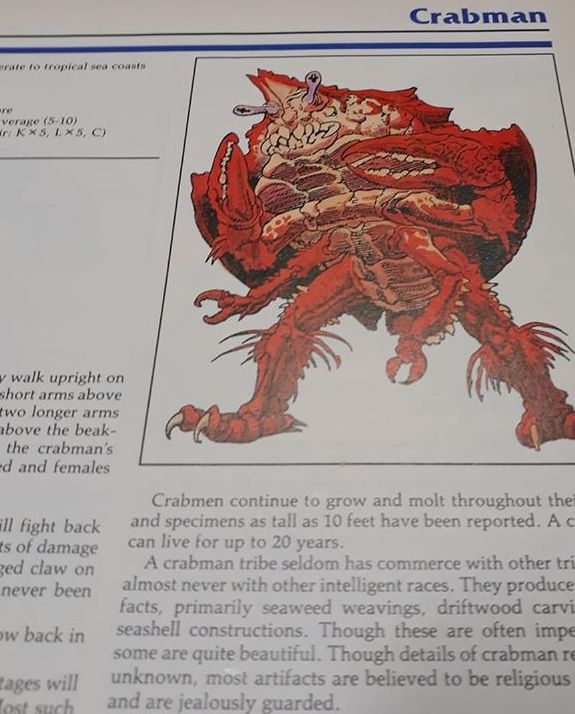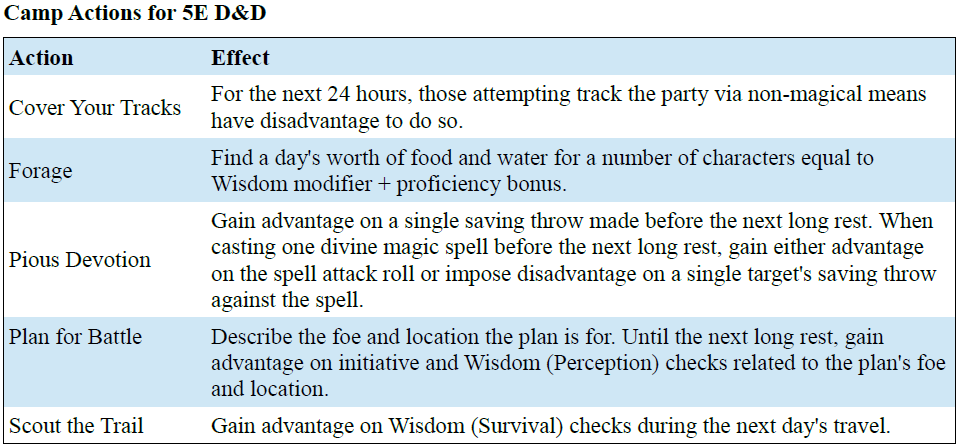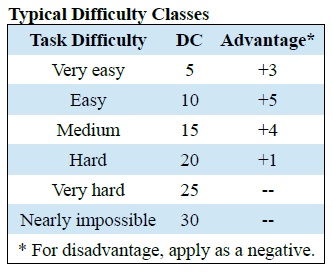Lynx Spiders
Well, my last blogpost was 4 August. It’s mid-October now. I might have set a new personal best for unproductivity. So, let’s review what’s been going on in my neck of the woods.
I’m back in the classroom, teaching 7th and 8th grade English and literature. Good times. The COVID procedures are working, but they have also proven to have a sort of mental weight. We’re a bit more than a month away from Thanksgiving. We’re finishing up our first quarter this week. It’s been close to exhausting.
The number of games I’m participating in has doubled thanks to remote gaming. For good or ill, this is not a pace I can maintain now that I’m back to work full-time. Consequently, I fear the week-day evening games must fall by the wayside. That means the Tuesday night Microlite and the Thursday night Fate Condensed games are likely defunct, which is a shame. They were both fun.
The every-other-Saturday d20 System game mashing together 3.5 D&D, d20 Modern, and Call of Cthulhu continues. We’ve been at it for several months. The PCs have gone from beginners to double-digit levels. I still envision the Grand Finale before Thanksgiving. Either the heroes will have gone back in time to save the future (which is their present), or else the Great Old Ones shall return and bring an end to everything.
The every-other-Sunday 5E D&D game also continues. Terry finished up running a couple of 1E adventures (Against the Cult of the Reptile God and the laughably bad The Forest Oracle) not too long ago. I took over the DMing, and everyone made up new characters, forming a group of adventurers who set out to tackle new problems while the original group Terry DMed are still engaged in The Forest Oracle. Along the way, we’ve got a nice little corner of a campaign world taking form. The new group of heroes have traveled to Dark Shelf to investigate strange goings on at the quarry.
Last of all, I celebrated the ninth anniversary of my heart attack this past weekend. Huzzah.
But back to 5E D&D. During our last Sunday session, the party found a slaughtered Traveling Folk family. The party was also ambushed by lynx spiders. My son Christopher’s character was paralyzed by spider venom and then dragged into a burrow. While the party was rescuing their paralyzed comrade, another PC was rendered helpless by spiders and dragged away into the darkness of their caves. Fortunately, the rest of the party managed to save both characters.

Lynx spiders hunt in packs, preferring to hide in tall grass or other similar vegetation in order to ambush their prey. These monstrous arachnids are indiscriminate eaters, just as likely to prey on wild animals as they are on unwary travelers. As hunting spiders, these creatures do not typically spin webs except to line the tunnels into their burrows.
Lynx Spider
Small beast, unaligned
Armor Class 14
Hit Points 9 (2d6+2)
Speed 40 ft., burrow 10 ft., climb 40 ft.
STR 10 (+0), DEX 18 (+4), CON 12 (+1), INT 3 (-4), WIS 13 (+1), CHA 6 (-2)
Skills Perception +3, Stealth +6
Senses blindsight 20 ft., darkvision 60 ft., passive Perception 11
Languages —
Challenge 1/4 (50 XP)
Grassy Camouflage. The spider has advantage on Dexterity (Stealth) checks made to hide in grassy terrain.
Keen Sight. The spider has advantage on Wisdom (Perception) checks that rely on sight.
Pack Tactics. The spider has advantage on an attack roll against a creature if at least one of the spider’s allies is within 5 feet of the creature and the ally isn’t incapacitated.
Spider Climb. The spider can climb difficult surfaces, including upside down on ceilings, without needing to make an ability check.
Web Sense. While in contact with a web, the spider knows the exact location of any other creature in contact with the same web.
Web Walker. The spider ignores movement restrictions caused by webbing.
Actions
Bite. Melee Weapon Attack: +2 to hit, reach 5 ft., one target. Hit: 2 (1d4) piercing damage, and the target must make a DC 11 Constitution saving throw, taking 5 (2d4) poison damage on a failed save, or half as much damage on a successful one. If the poison damage reduces the target to 0 hit points, the target is stable but poisoned for 1 hour, even after regaining hit points, and is paralyzed while poisoned in this way.
Spit Venom. Ranged Weapon Attack: +6 to hit, range 10/40 ft., one target. Hit: 5 (2d4) poison damage and blinded on a failed save (Constitution DC 11), or half as much damage on a successful one and not blinded. A blinded target repeat the saving throw at the end of each of its turns, ending the blinded condition on a success.





